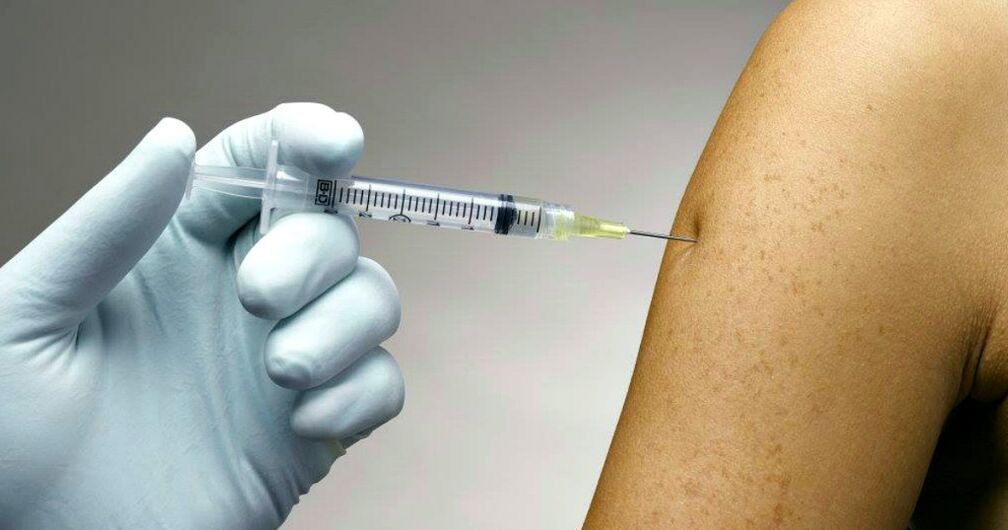
Human papillomavirus (HPV) affects epithelial cells and has a particle diameter of 55 nm. One feature is the proliferation of skin epithelium, as well as mucous membranes. In the initial stage, the pathogen usually affects the basal cells of the epithelium, which penetrates them through microtrauma. Local papillomas usually occur in the neck, armpits, groin, and genitals (most commonly), the oral mucosa, and the nasopharynx.
The virus can be asymptomatic for many years. Electron microscopic or molecular hybridization methods are used to detect HPV.
Types of human papillomavirus
In humans, HPV affects the mucous membranes and skin. Among the many papillomaviruses, there are species with low and high oncogenic risk. Oncogenic properties have been shown to be related to the ability of DNA to integrate into the genome of human cells.
The virus is activated in 10-20% of cases. Depending on the type, it can cause benign or malignant lesions. Some HPVs are not oncogenic. They cause warts and genital warts. The most common are HPV 6 and 11.
HPV oncogenes are particularly at high risk for developing cancerous lesions in the cervix or anus. In terms of skin, HPV 16 and 18 are more common, and HPV 5 and 8 can also cause skin cancer. The most common form of cancer caused by HPV is cervical cancer. However, men can also be infected with the papilloma virus, which can cause penile or anus cancer in the worst cases.
Women are more likely to be exposed to HPV 16 - a form of introsomal parasitism outside the cell chromosome. HPV 18 is characterized by a high oncological risk - it first develops benign tumors that later turn into cancer. In this case, the virions are small (up to 30 nm).
Various HPV infections cause:
- neoplasms of the cervix;
- invasive or pre-invasive oncology;
- genital warts of the urinary tract and genitals.
The entry of a pathogen into the body does not always cause disease. It all depends on the predisposing factors: increased sexual activity, vitamin deficiency, pregnancy, hypothermia, endometriosis, smoking, alcohol abuse, etc. It should be noted that viral infection can occur even in an organism with a good immune system.
Features of the infection
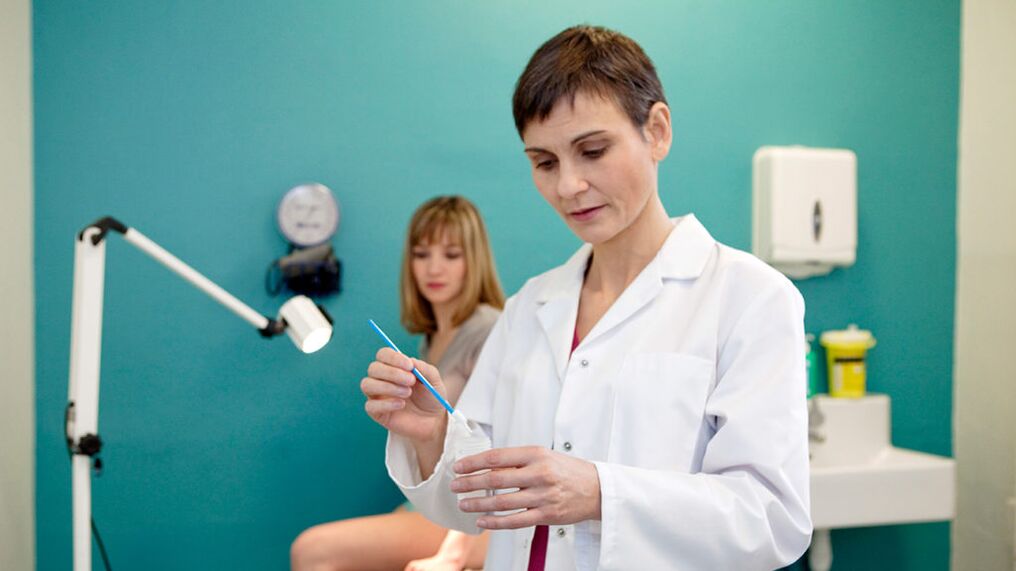
Human papillomavirus is highly contagious. It is usually transmitted by direct contact, from skin to skin or from mucous membrane to mucous membrane, with an infected person. In genital infections, this most often occurs during vaginal or oral sex. Multiple sexual partners or other STIs (sexually transmitted infections) increase the risk. Indirect transmission through objects, contaminated clothing or bedding is also possible, but rarely occurs.
In 7% of cases, transmission of the virus to the unborn child can occur during childbirth when the infection is active. If you are infected with HPV 16 or 18, the risk increases to 40%.
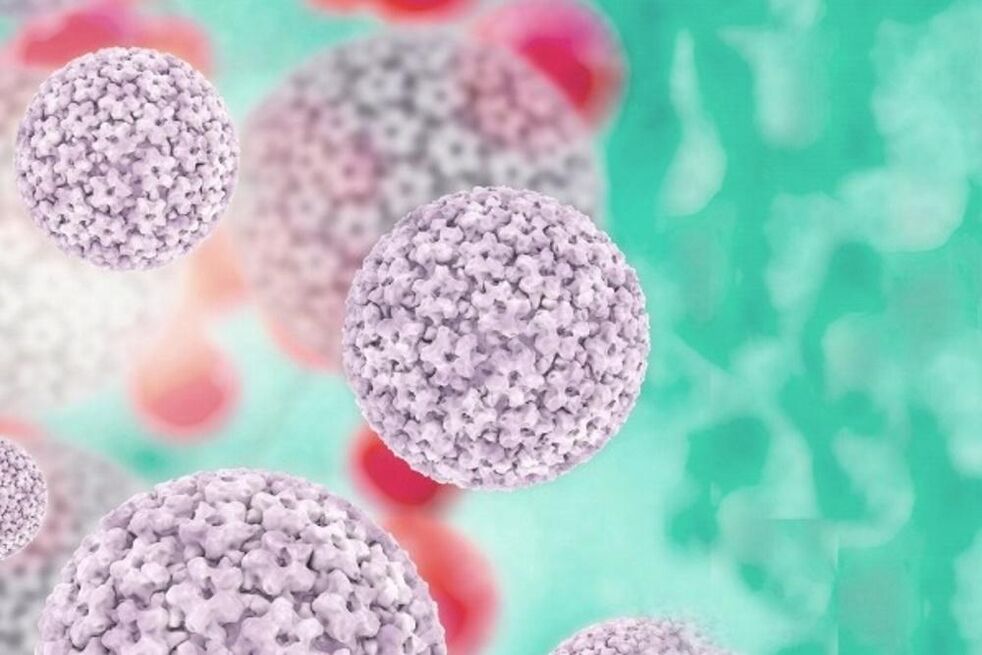
Papillomavirus infection, which penetrates the epithelium and disrupts its integrity, promotes the growth of the lower layer of epithelial cells in the form of warts or warts. This form of the disease is contagious and quickly spreads to others. As a rule, warts and warts do not metastasize and often disappear on their own.
HPV symptoms
The incubation period lasts up to 9 months (average 3 months). HPV can be present in the body without obvious symptoms. The virus can be detected for months or years. Even at this stage it is contagious.
Skin warts usually occur in groups and increase with scratches. The two most common forms of papilloma are either gray, hard, raised with a broken surface (common warts) or flat and red (straight warts). Spiked warts occur under the feet or ankles, grow inwards and are therefore often painful.
The causative agents of genital warts are localized in the folds and mucous membranes, as they occur in moist and warm parts of the body. They can cause symptoms such as itching or burning. The incubation period in genital herpes is 3 weeks to 8 months between infection and the onset of symptoms.
There are several forms of genital warts caused by various pathogens:
- Genital warts. Pale or red nodules that often occur in groups and occur in the labia, vagina, penis, urethra, anal canal, and rectum. They are very contagious.
- Straight warts. They appear in the form of straight knots and are mainly found in the female genitals. They increase the risk of developing cancer.
- Giant warts (Buschke-Levenshtein tumors). By destroying the surrounding tissues, they turn into giant formations. In rare cases, they can worsen and cause squamous cell carcinoma.

Infection of the mucous membranes of the upper respiratory tract is also possible. The conjunctiva of the eyes can be affected, resulting in pink trunk enlargement. It is more difficult to detect an asymptomatic course that a doctor can only see with the help of aids such as acetic acid (which causes discoloration of warts) or a microscope.
In addition, the virus can settle in cells without any tissue changes. Then they talk about a latent infection, ie the presence of pathogens, but no symptoms. This stage can last from a few weeks to several months after infection.
Possible results
When infected, the virus penetrates the tissue cells of the skin and mucous membranes, settles in the nuclei of cell structures and multiplies there. In general, such HPV infections go unnoticed and heal on their own without consequences, because the immune system successfully fights the pathogen.
However, some types of HPV cause skin changes, ie enlargement. Possible forms include, for example, genital warts or warts and papillomas that can affect the face, arms or legs.
Although the resulting tissue changes are mostly benign, they can degenerate and lead to cancer. For example, cancer can occur decades after HPV infection. Cancers of the external female genital organs (cancer of the vulva and vagina), anal cancer, penile cancer, cancer of the mouth and throat (tumors of the head and neck) are also possible.
Diagnosis

As part of preventive visits to the gynecologist, a test for HPV infection is performed in women. During the gynecological examination, a swab is taken from the cervical mucosa, which is called a Papanicolaou test (cytological examination). The resulting material is examined for tissue changes to determine pre-cancerous conditions.
Alternatively, an HPV test can be performed on a mucous membrane or tissue sample where cell material is tested in a laboratory for certain viruses. However, this only allows evidence of infection in the affected area, but does not provide any explanation for whether tissue changes have occurred. Thus, an HPV test, especially when combined with a Pap test, makes sense and can help detect cancer precursors at an early stage.
If the test is positive, this is not a cause for concern, because the infection does not always cause cancer. Regular examination is recommended for early detection of tissue changes. On the contrary, a negative test result does not allow us to claim that there is an infection that the body has successfully fought in the past.
There is no routine test for men. If there is an appropriate cancer, a tumor test can determine if there is an HPV infection at the root of the cancer.
Special DNA methods are also used in laboratory diagnostics, such as real-time PCR. HPV type 6 and 11 anogenital sneezes are easily detected during pelvic examination.
How to treat human papillomavirus
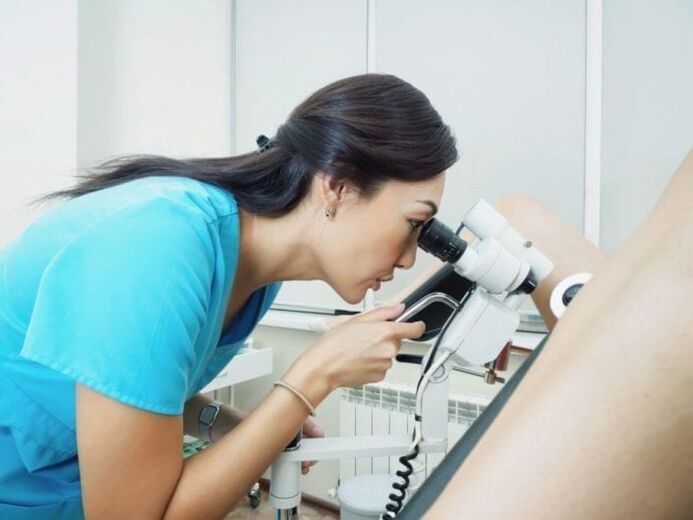
In most cases, the disease does not require treatment because it goes away on its own, and then the viruses are no longer detected. However, if this is not the case, the infection can last longer and can last for months or years.
To date, there are no systemic methods of exposure to this virus, so it would be possible to completely eradicate it. However, treatment of warts reduces the number of viruses, so in many cases the immune system can fight other viruses and thus get rid of them. In some cases, pathogens survive and can cause recurrent symptoms.
Therapeutic tactics depend on the type of HPV and the associated form of the disease:
- Plantar and genital sneezes can be treated with topical salicylic acid formulas.
- Cryotherapy is also a common method for HPV. In this case, the wart is burned cold using liquid nitrogen.
- Laser or electrocautery are equally applicable methods.
Because the frequency of recurrences is so high, you should check yourself regularly to avoid infecting your sexual partner, and it is advisable to use condoms for several months after the lesions disappear.
HPV cancers are more difficult to treat. In cervical cancer, removal of the upper part of the vagina and ovaries, respectively, the uterus is recommended. This can be supplemented with radiation therapy to rule out the possibility of relapse. Other cancers caused by HPV are most often treated with targeted treatments such as radiation or chemotherapy.
It should be remembered that surgery is not a cardinal solution, it only solves a cosmetic problem, because once removed, the virus can remain in the surrounding tissues and warts may reappear.
Prevention of infection
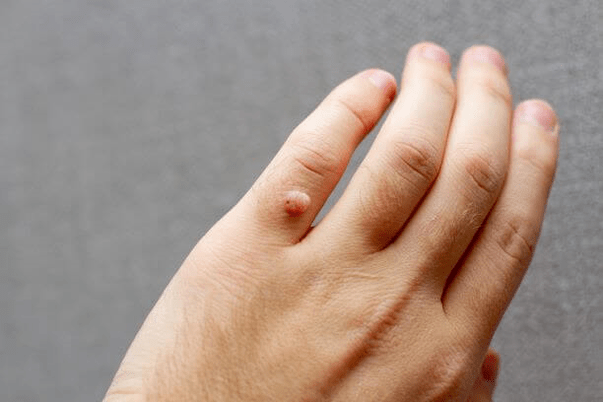
There are two vaccines: bivalent HPV 16 and 18 and quadruple HPV 6, 11, 16 and 18. Vaccination is recommended for all young girls over 14 years of age.
The vaccine does not protect against all types of HPV. For this reason, all women between the ages of 25 and 65 are advised to have regular smears, even if they have been vaccinated.
Timely detection and complete removal of genital herpes reduces the risk of disease. The effectiveness of using condoms to prevent the spread of infection can significantly reduce the risk of developing this disease. The most promising method for the prevention and treatment of the early stages of the disease caused by this infection is a specific multivalent vaccine.















































































